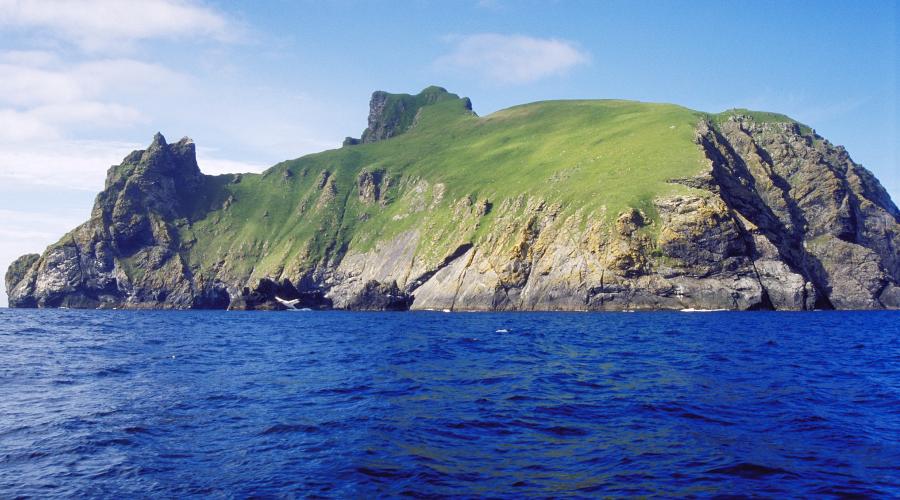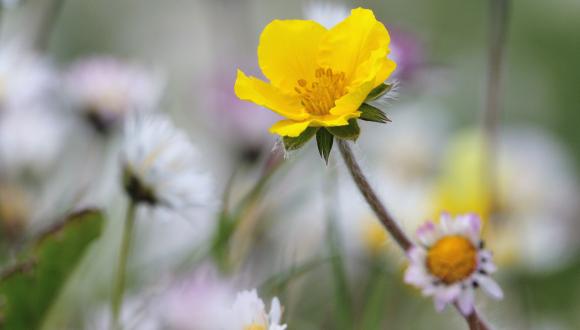
World Heritage Site
An area with natural and/or cultural heritage of outstanding universal value may be awarded this most prestigious accolade.
An area with natural and/or cultural heritage of Outstanding Universal Value (OUV) may be awarded this most prestigious accolade.
OUV is what makes a Site so significant as to justify recognition on the World Heritage List. It is cultural and/or natural significance which is so exceptional as to transcend national boundaries and to be of common importance for present and future generations of all humanity. It is not about national or local value but international and global value.
Currently there are 6 inscribed World Heritage Sites (WHS) in Scotland (all cultural sites apart from St. Kilda which is ‘mixed’). There are 33 WHS in the UK. In Scotland the sites are: Antonine Wall (part of the Frontiers of the Roman Empire trans-national WHS), Forth Bridge, Heart of Neolithic Orkney, New Lanark, Old and New Towns of Edinburgh and St. Kilda. The Historic Environment Scotland (HES) website provides information on all of these.
Natural World Heritage Sites
St Kilda is currently the only WHS in Scotland recognised for its natural heritage. It was initially inscribed for its natural heritage and subsequently extended to include the archipelago’s marine and cultural heritage. St. Kilda today remains one of the rare ‘mixed’ value World Heritage Sites.
Find out more about St Kilda World Heritage Site on the HES website and the UNESCO website.
‘The Flow Country’ proposed WHS, is an expanse of globally rare blanket bog habitat in Caithness and Sutherland in the far north of the Scottish mainland. The Flow Country is on the UK Tentative List of potential World Heritage Sites. Its full nomination to UNESCO was submitted in January 2023 by The Flow Country Partnership. The Site is nominated to UNESCO for World Heritage status on the basis of its natural heritage: the world class nature of the blanket bog ecosystem it contains and the biodiversity that they sustain. Its value includes its ability to sequester and store significant amounts of carbon through the process of peat formation.
You can find out all about the wider Flow Country area of Caithness and Sutherland and the proposed World Heritage Site for The Flow Country on the Flow Country website.
Inscription on the UNESCO World Heritage List
UNESCO grants this non-statutory designation under the World Heritage Convention which was adopted in 1972. It was ratified by the UK Government in 1984. The Convention links the protection of cultural and natural heritage and defines the kinds of natural or cultural sites which can be considered for inscription on the World Heritage List.
Site Selection
Scottish Ministers make natural World Heritage Site proposals via the UK Government’s Department for Culture, Media and Sport (DCMS). DCMS assess submissions and adds those it deems suitable to the UK Tentative List. Following a technical evaluation which further investigates the qualities of a proposed site DCMS approves the submission of a full World Heritage Site nomination to UNESCO. UNESCO then assesses nominated sites to determine whether they have sufficiently justified OUV to enable inscription onto the World Heritage List.
Protection and management
UNESCO require that World Heritage Sites have sufficient protection in place and effective management measures to preserve and protect the site’s OUV. Relevant protections must be in place at the time of inscription. Such protections may take the form of statutory environmental or other formal designations, and also the system of development planning and management i.e. Scotland’s National Planning Framework (currently NPF4).
Each WHS requires also to have a Management Plan/Framework to set out how the protection of its OUV will be managed.
St Kilda is protected as a: European site – as a Special Protection Area (SPA) and Special Area of Conservation (SAC); Site of Special Scientific Interest (SSSI); it is also within a National Scenic Area (NSA) and is managed as a National Nature Reserve (NNR) by the National Trust for Scotland.
The Flow Country is largely protected as a: European Site – both SAC and SPA; SSSI (mainly underpinning the SAC/SPA sites); Ramsar site; Wild Land areas (not a statutory designation) and the protection offered to peatlands through the planning system.
- UNESCO in full – United Nations Educational, Scientific and Cultural Organization
- World Heritage Convention in full – Convention Concerning the Protection of the World Cultural and Natural Heritage




